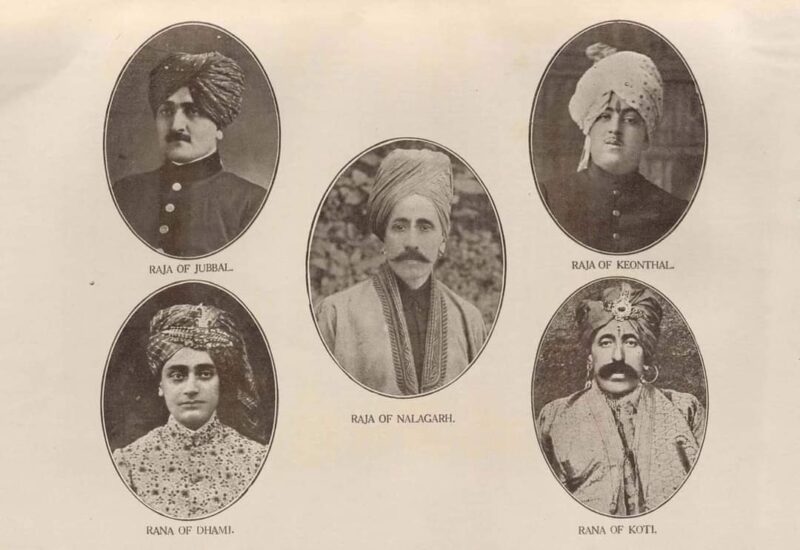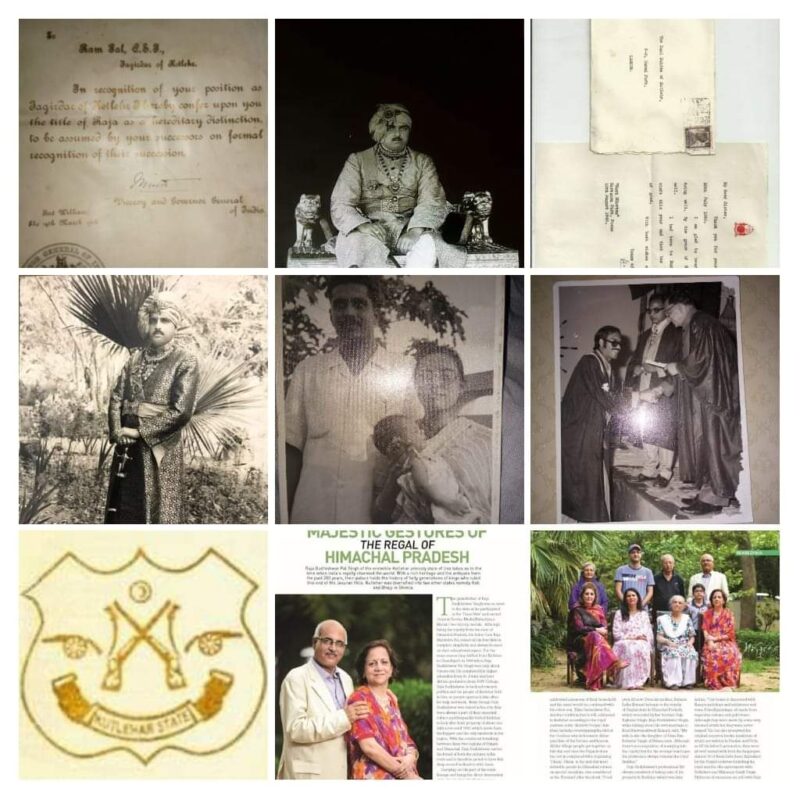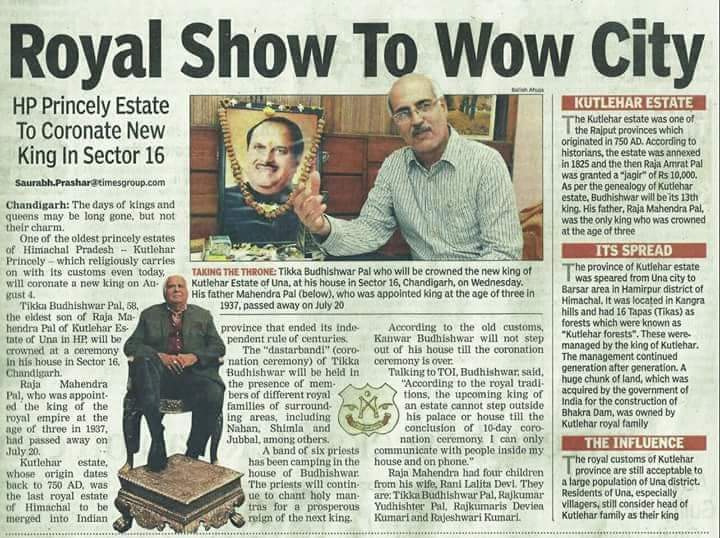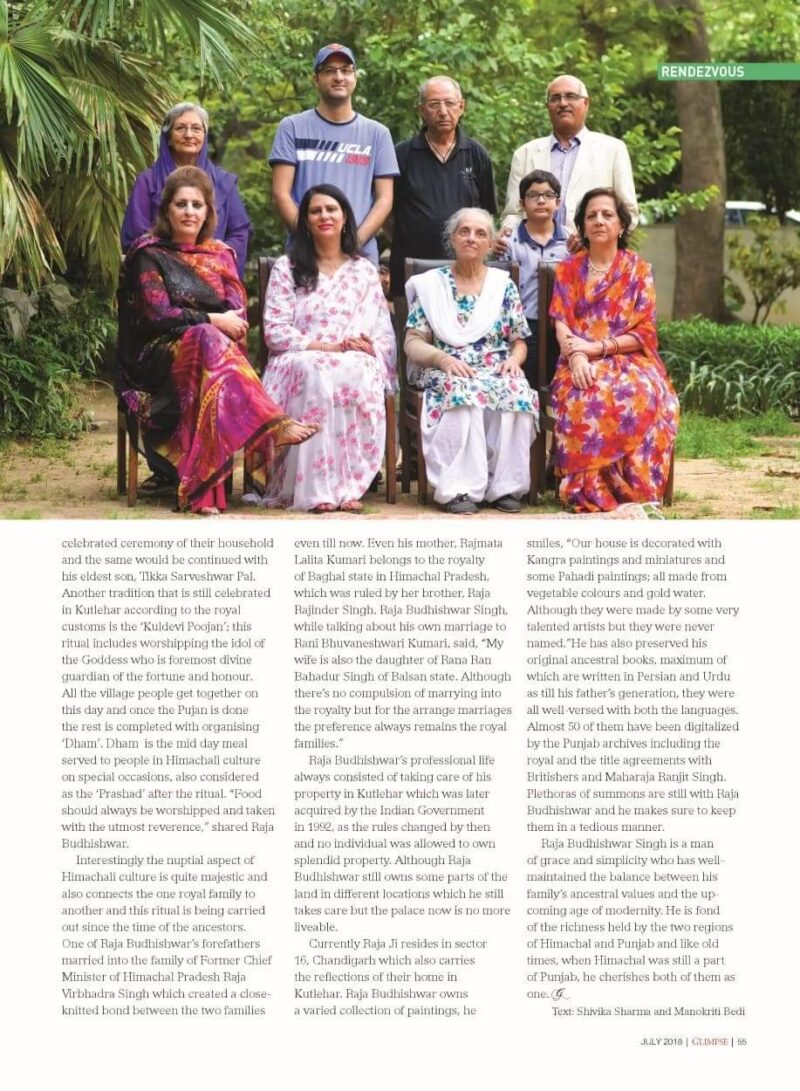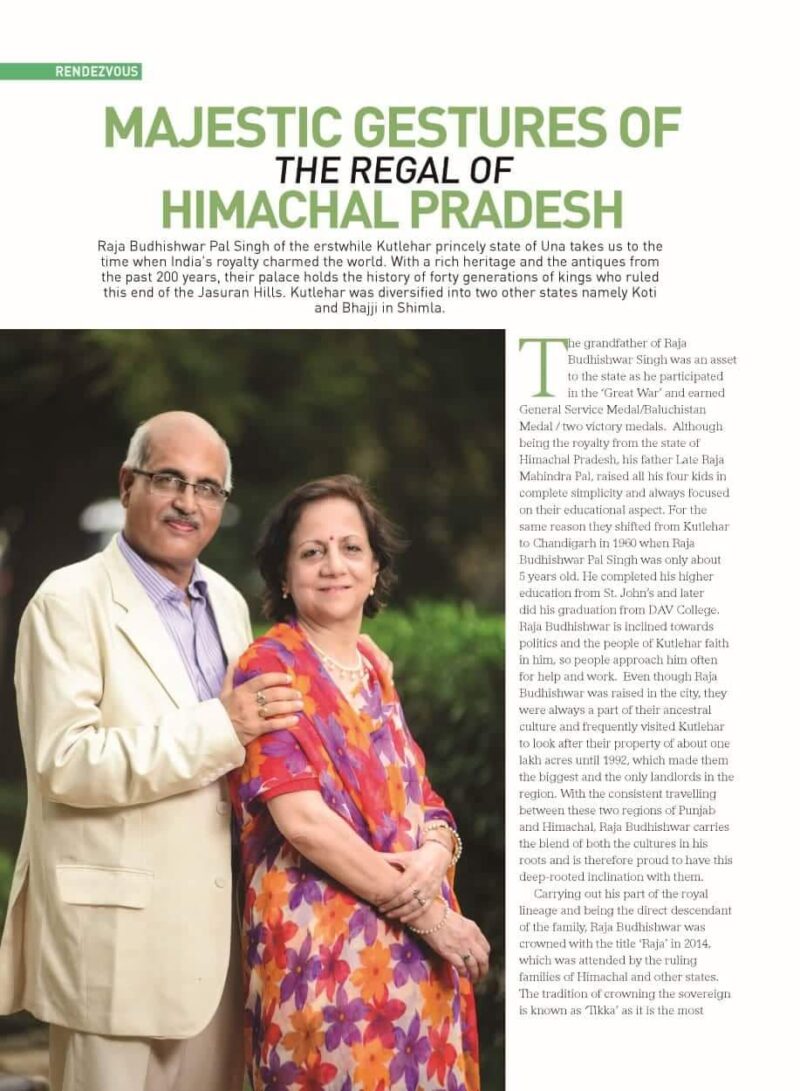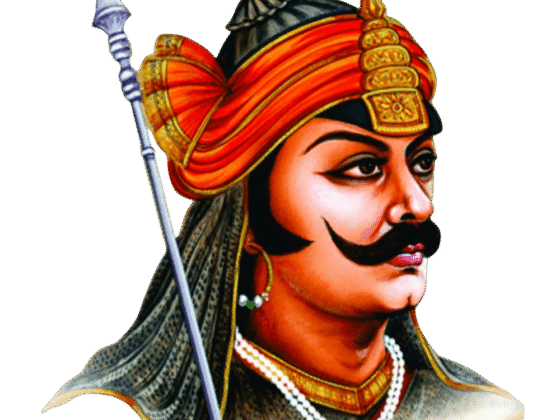Introduction: The Decline of India’s Monarchies
India’s rich cultural heritage is marked by its royal past. From the grandeur of Mughal rulers to the Nawabs of Hyderabad, Indian kingship has shaped history. However, after Independence, the power of the kings diminished. In 1947, India had 565 princely states, which merged into the Indian Union. This marked the end of a royal era. Today, many youths remain unaware of the struggles and traditions of India’s monarchs.

Kutlehar Estate: A Legacy of Kingship
Kutlehar Estate, in Himachal Pradesh’s Una District, is one of India’s oldest royal estates. Founded in the 10th century by Raja Gopal, the kingdom grew through the efforts of Raja Jas Pal. Under his rule, the kingdom flourished between the Satluj and Beas rivers. During the Mughal attack on Anandpur Sahib, Guru Gobind Singh Ji honored the rulers of Kutlehar with a sword. The kingdom also received the 16 Tapas (Kutlehar forests). However, in 1992, the government seized parts of the land, especially after the Bhakra Dam’s construction.
Raja Mahendra Pal Ji: The Young Monarch
Raja Mahendra Pal Ji, born on July 4, 1934, became the 13th king of Kutlehar at just three years old. His father, Raja Brijmohan Pal, passed away unexpectedly. The British government recognized young Mahendra Pal as the new monarch. Though he was a child, he was surrounded by 33 staff members, including secretaries and armed guards. He inherited 3,000 acres of land. In 1955, he married Rani Lalita Kumari, and they had four children: Tikka Budhishwar Pal, Rajkumar Yudhishter Pal, Rajkumaris Deviea Kumari, and Rajeshwari Kumari.
Tikka Budhishwar Pal: A Life of Service and Legacy
Tikka Budhishwar Pal, born on July 6, 1956, was passionate about politics and community service. After moving to Chandigarh for education, he frequently visited Kutlehar to help the people. He felt deeply connected to the culture of Punjab and Himachal. During the Great War, his grandfather received several medals, including the General Service Medal.
In 2014, Tikka Budhishwar Pal was crowned as the ruler of Kutlehar. The ceremony was grand, with blessings from priests. As president of the Himachal Kshatriya Mahasabha, he worked to expand the community and uphold its traditions.
Continuing Royal Traditions: Kuldevi Pooja and Weddings
Kutlehar’s royal family continues to honor ancient customs. One such tradition is the Kuldevi Pooja, a sacred ceremony for Goddess Kuldevi, symbolizing fortune and honor. The event is followed by a Himachali feast called ‘Dham.’ Royal weddings also follow traditional customs, often involving unions with other influential families. Raja Budhishwar Pal married Rani Bhuvaneshwari Pal, while his mother was from the Baghal dynasty.
Although the government seized much of the family’s wealth post-Independence, the Kutlehar family remains dedicated to preserving their culture. Their royal traditions live on, with the family continuing their commitment to service and community.
The Changing Times: From Royalty to Simplicity
While the monarchy has lost its power, Raja Budhishwar Pal balances honoring his heritage with modern living. The family’s once grand lifestyle has become more modest. However, they continue to serve the community and uphold their traditions. Despite challenges, they remain committed to preserving their legacy.
Preserving the Cultural Heritage of Kutlehar
Kutlehar’s royal family remains deeply connected to its past. Tikka Sarveshwar Pal, Raja Budhishwar Pal’s eldest son, continues these traditions. The family honors its heritage through events like the Kuldevi Pooja and community welfare. Their royal legacy continues, ensuring that future generations will remember and respect their history.
Media Coverage:
Download Link: Document Download


